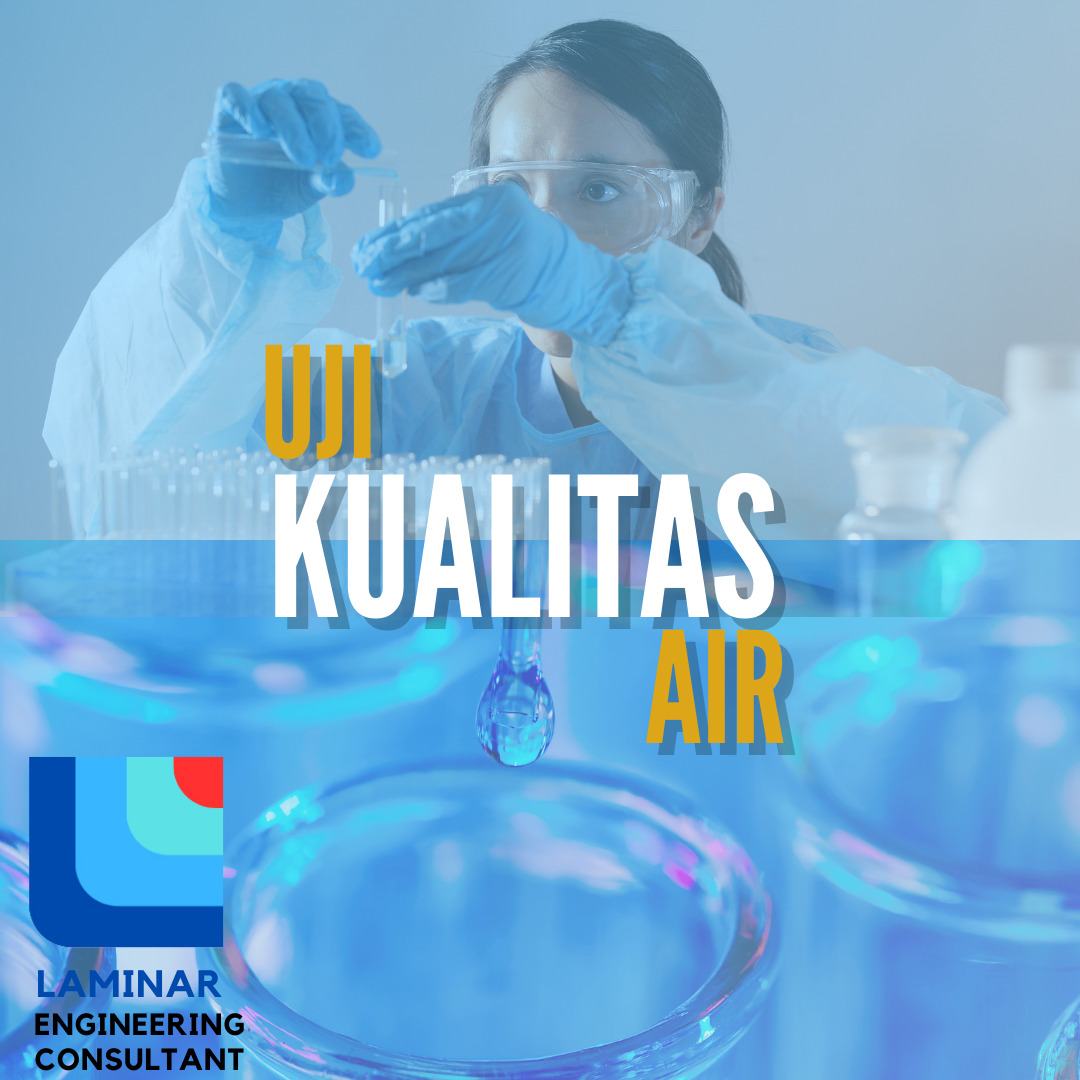Water is essential in all aspects of life. In fact, sixty percent of the human body is composed of water.
Recognizing the importance of water for humans and the environment, society must be wise in its usage.
In a construction project, it is crucial to ensure that the water used meets the necessary standards for various purposes. Before the project starts, here are the general steps for testing water quality:
- Identify Project Needs: Determine what type of project will be undertaken and identify relevant water quality parameters for the project.
- Water Sample Collection: Use sterilized containers to collect samples from various locations and depths that represent the overall water quality. Label each sample accurately with the required information.
- Conduct Laboratory Tests: Start with physical tests (temperature, turbidity, total dissolved solids/TDS), then proceed to chemical tests (acidity/alkalinity, chlorine, ammonia, heavy metals, dissolved oxygen, measure the biochemical oxygen demand required for the oxidation of organic materials in water, and total hardness), followed by biological tests (testing for the presence of pathogenic bacteria to ensure water safety for consumption or human contact, measuring chlorophyll concentration as an indication of algae presence), and include radioactive tests, organic tests, sensory tests (taste and odor), and nutrient tests.
By performing these water quality testing steps, you can ensure that the water quality meets the project’s requirements and will not cause problems during project execution. This also helps in taking necessary precautionary actions in the event of contamination or discrepancies. Additionally, ensure that the selected laboratory is appropriate and uses accurate testing methods for optimal results.

